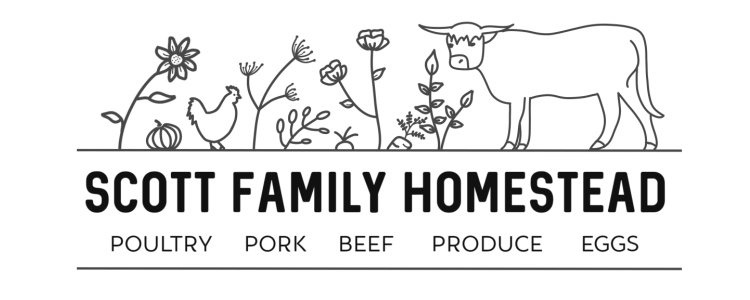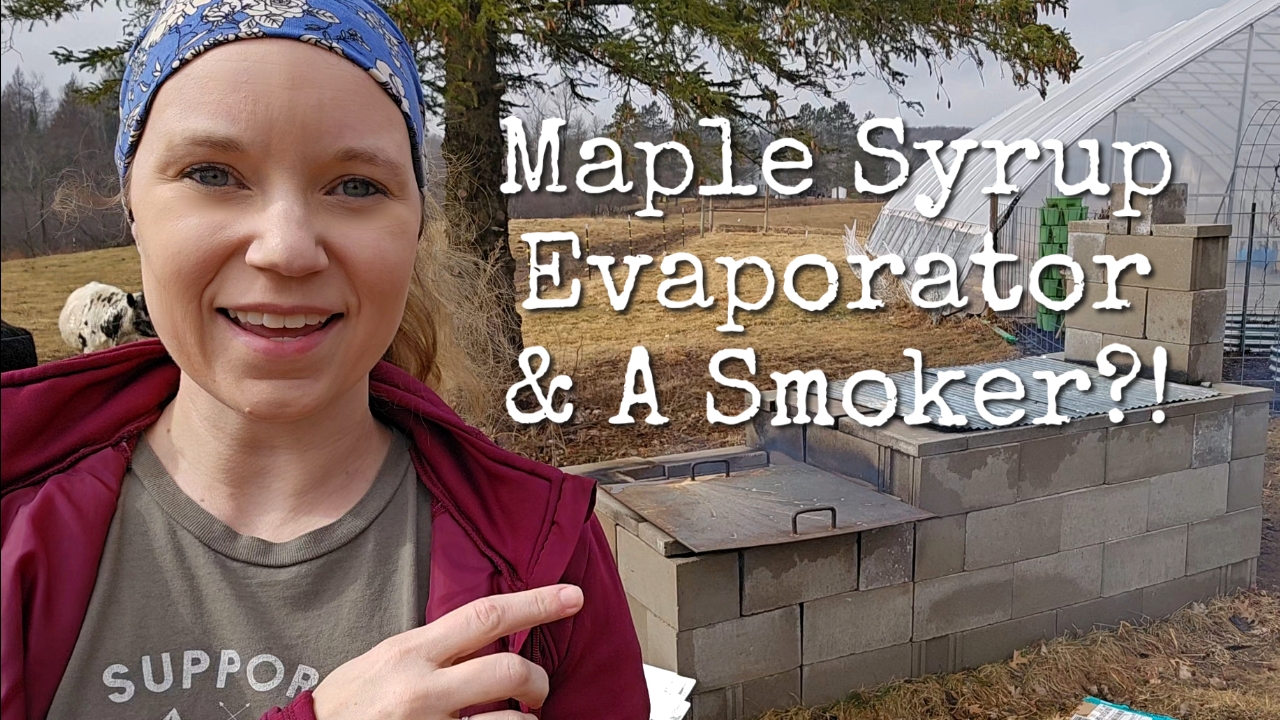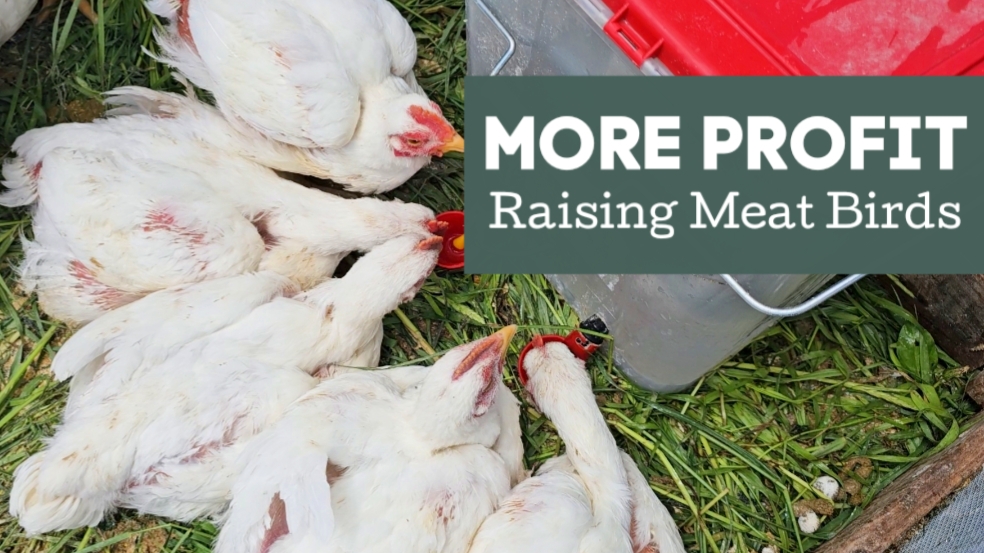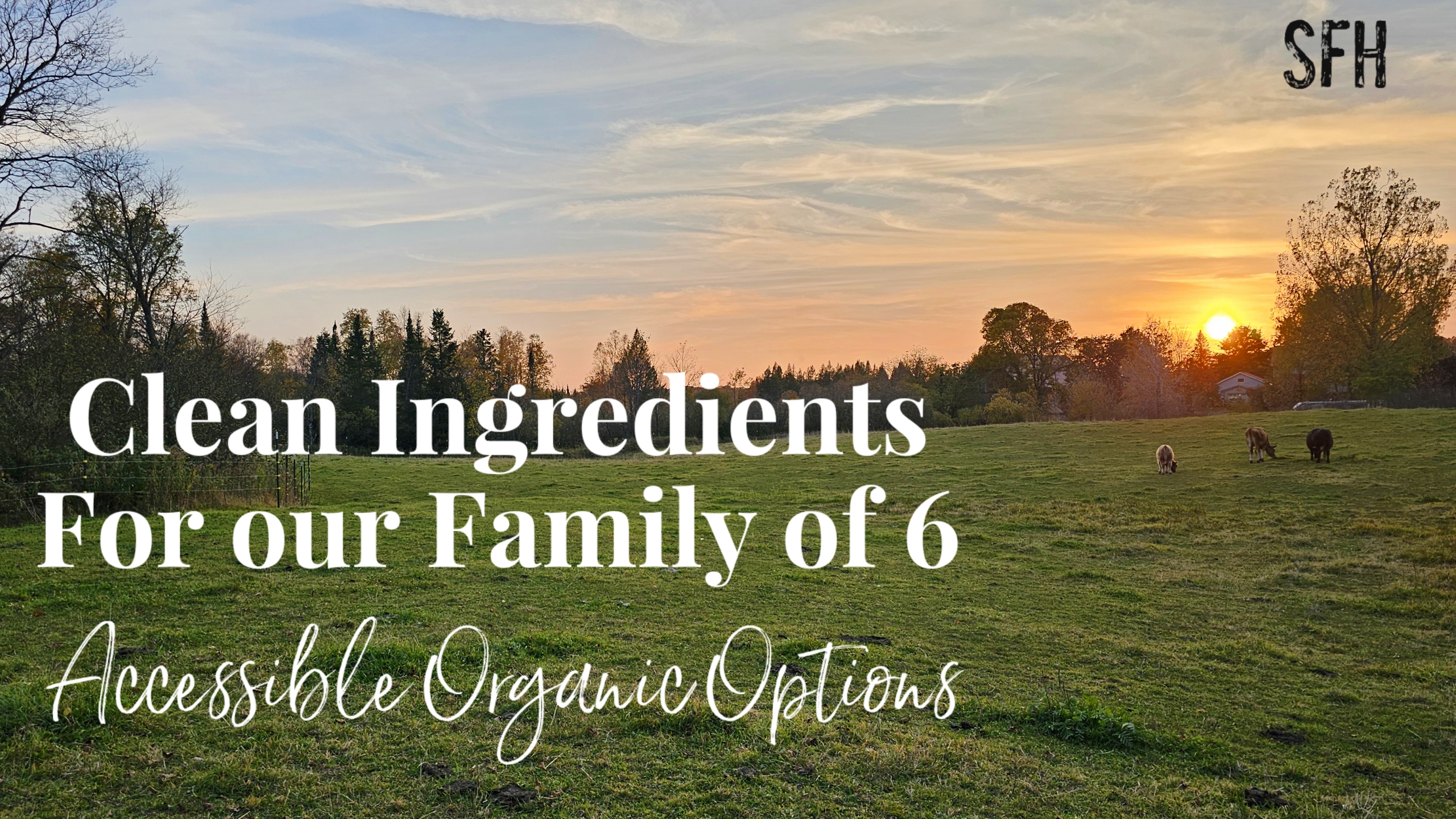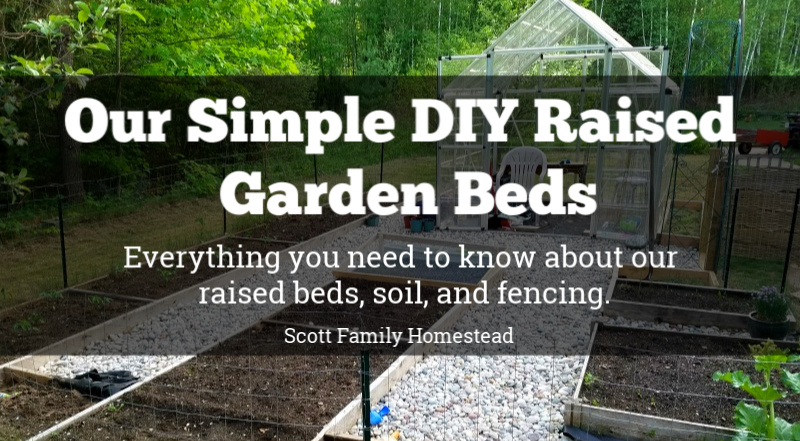
I recently wrote a post about starting a garden and answered some FAQs about getting started. As the spring season progresses, I’ve gotten more questions about our raised beds, soil, and fencing. We actually started with a little 4’x4′ garden just 4 years ago and have expanded into 2 large gardens over the last few years. You can start small or go big, but this post should answer what we do and what we’ve learned over the last several years.
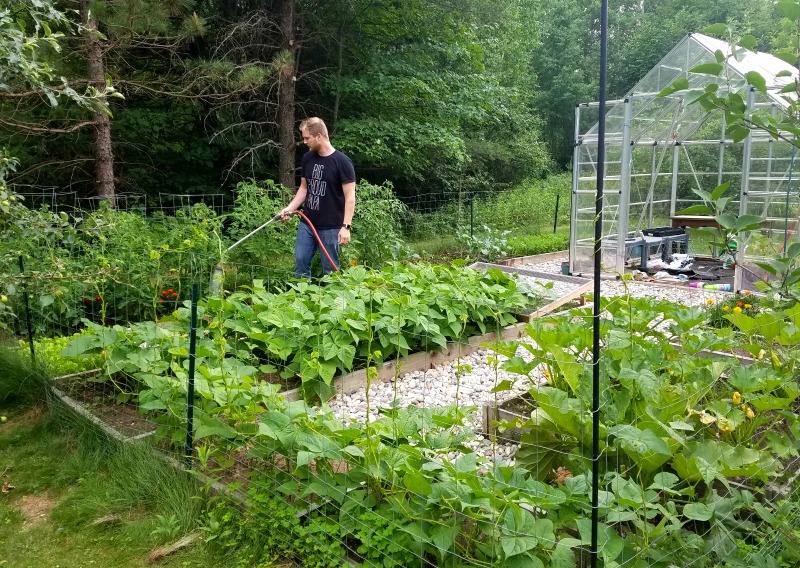
The soil on our property is almost entirely sand. It grows really great pines and has good drainage, but overall is not the rich soil we need for our garden. We decided early on we were going to put in raised beds. I purchased a 4’x4′ cedar garden bed from the hardware store with the hopes to expand a little every year. When you are putting in just one of these beds, it doesn’t seem like a big investment, but when you want 100+ sq ft of garden, suddenly these little kits seem extremely expensive.
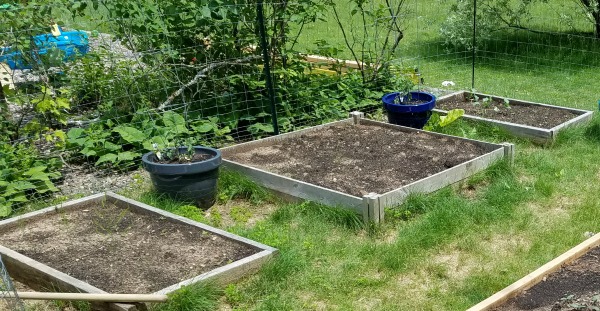
As we started to expand, we started to use 2×6 pine lumber. We used heavy duty screws and made sure the boxes were level, digging them down a bit in any spots that needed it. For more stability you can add a 2×4 in the corners and stakes to anchor them into the ground so that they don’t shift from that spot. We got lucky and put our boxes on a very level area of our yard, so we used nothing but 2x6s cut to the size we wanted.
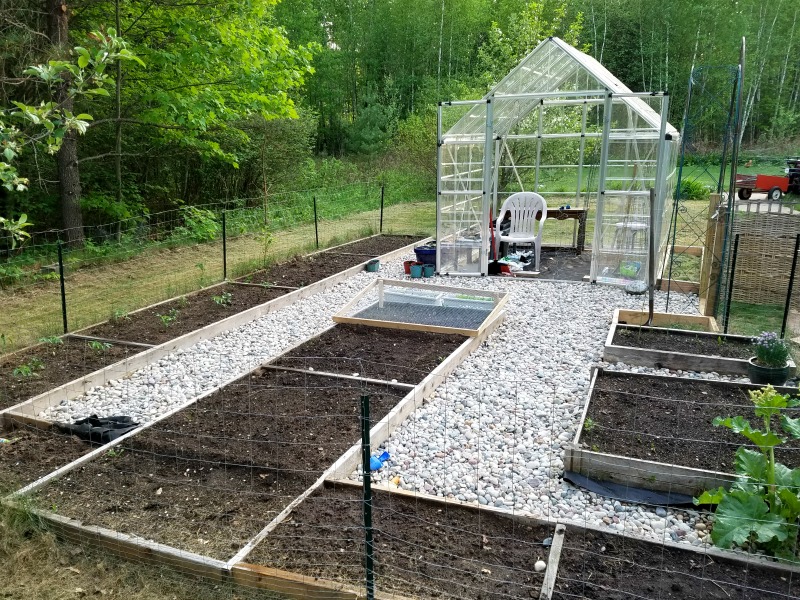
A couple of things are really important to remember when you are using pine lumber. First of all, you do not want to use treated lumber. Although ground contact, treated lumber seems like the right choice for longevity, you do not want that surrounding the food you plan to eat. The other important thing involves the depth of soil. If you stack your lumber (we once made a garden of two 1x8s stacked up) you will have a lot of room for root growth and root veggies like carrots. Sounds great right!? Except, when you start to fill these raised beds you might instantly regret how deep you made them,
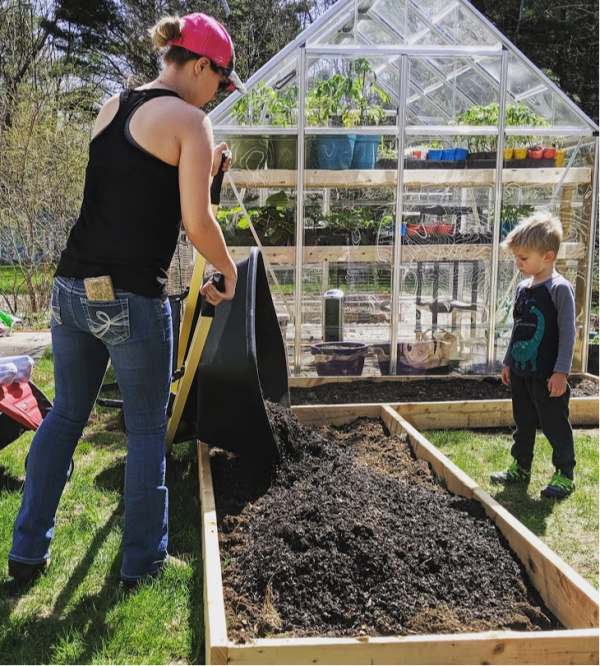
We have found that the 2×6 depth is perfect as long as you dig out the sod underneath to allow root growth into your natural soil. The top 6-8″ of soil is the mixture that we chose and there is still plenty of room for growth. If you do not dig out the grass/sod where you place your raised beds, I recommend laying down cardboard to knock down the grass and weeds. This material will decompose over time and won’t restrict root growth the way a weed barrier would. Digging out that tough layer of sod or tilling can make a big difference though, and I recommend going that route if you are able to,
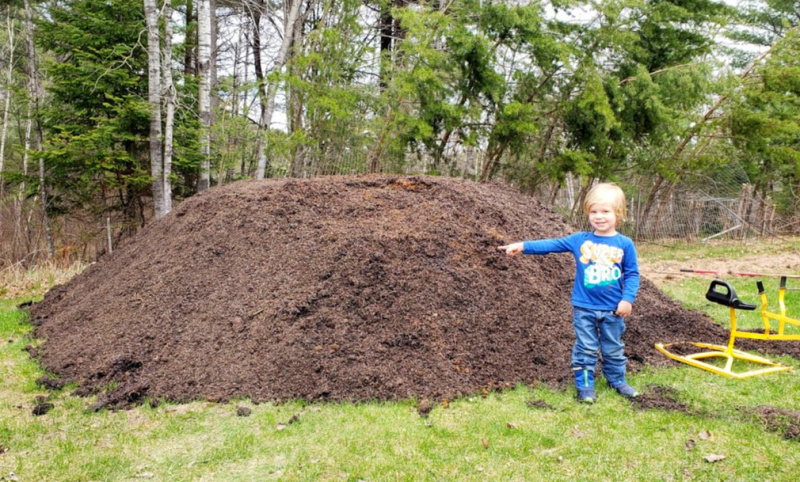
We started out by filling our beds with a 50:50 mix of topsoil and bags of Miracle Grow garden soil. There are mixed reviews about what is in the Miracle Grow soil, but that first year our garden grew amazingly. If you aren’t trying to go strictly organic, that is a good option. In fact, there may be a bagged organic garden soil option too. When we expanded our garden and needed much more soil, we contacted a local cranberry bog that had topsoil and cranberry compost available. I would say that finding a company that can deliver a nice compost is definitely the way to go. Keep in mind that your plants will take up a lot of nutrients every year and your soil will need to be amended each spring. Starting your own compost now is a great idea for next spring.
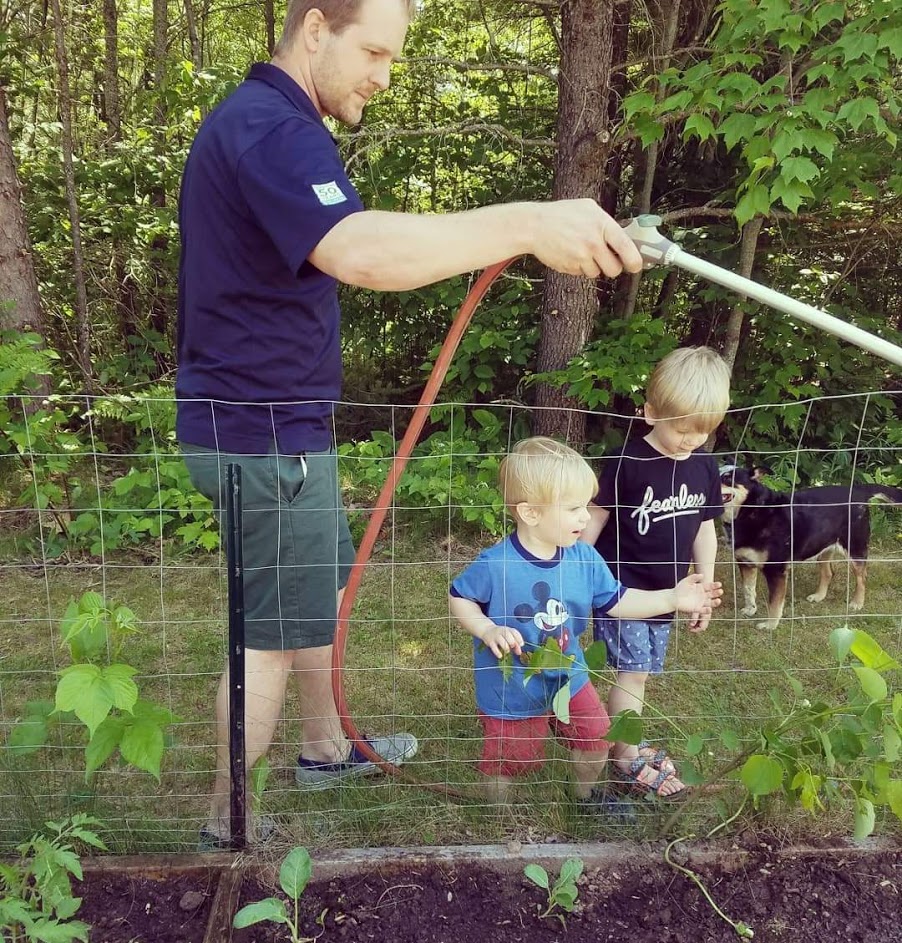
Fencing is a tricky topic because it varies so much depending on where you live and what you are trying to keep out. If you only have small animals to worry about, a 3-4 ft rabbit guard fence (the holes are smaller at the bottom like the picture above) and fence posts will work great. If you are worried about deer, you will need a much taller fence, in the 5-6 ft range at least. I recommend using welded wire fence with a smaller wire, such as chicken wire or hardware cloth for the bottom 2 feet. This fence will likely require more support, such as wooden 4×4 posts. While decorative fence can be functional, keep in mind how the shade will hit throughout the day. A nice picket fence might cause you to lose most of your sun. We recently put in a vinyl fence around our entire yard, and made sure to leave a few feet next to it without any boxes because it doesn’t get much sun now. The rest of the garden is far enough away to be unaffected.
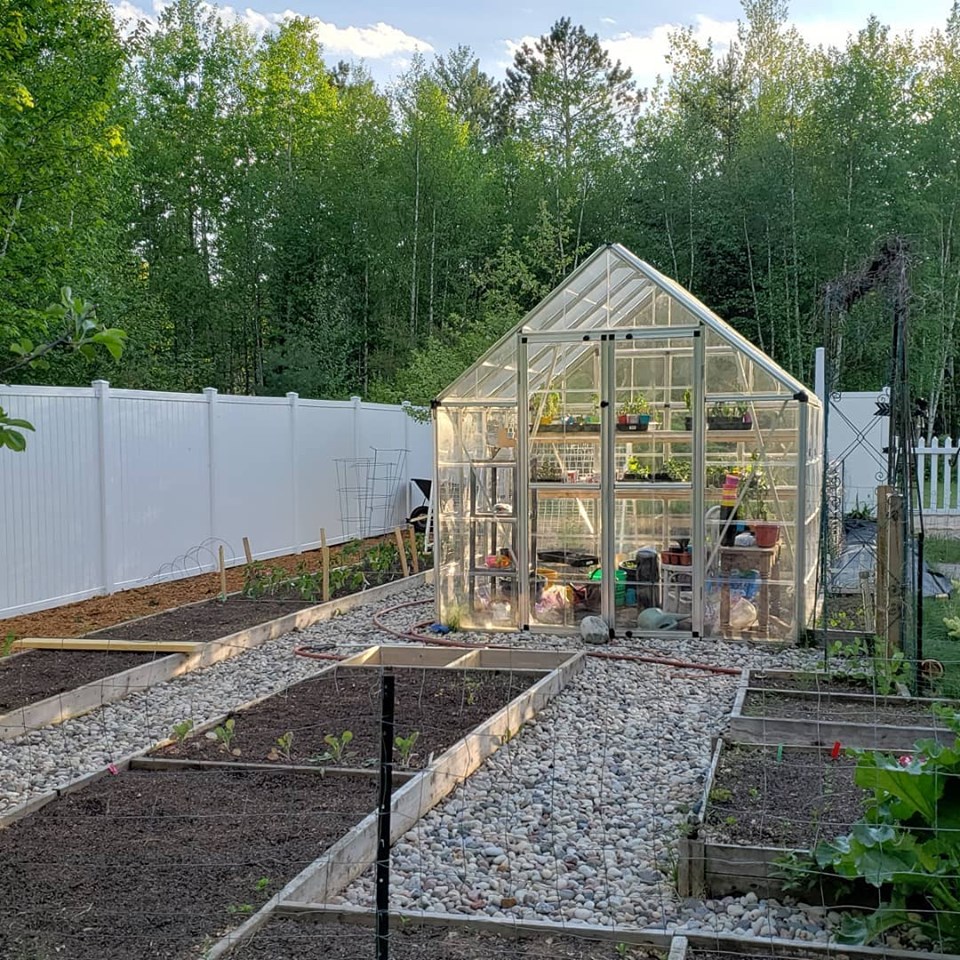
I am so happy to see gardeners, new and old, getting excited about their gardens. When people message me for recommendations, I can rarely find garden products online because of the overwhelming interest this year. I’m doing my best to find some good sources though, so keep the questions coming. I love to hear about your plans and I am honored that so many have come to me this year with questions. Plant your victory garden, and make sure to share with me on Facebook and Instagram @scottfamilyhomestead.
